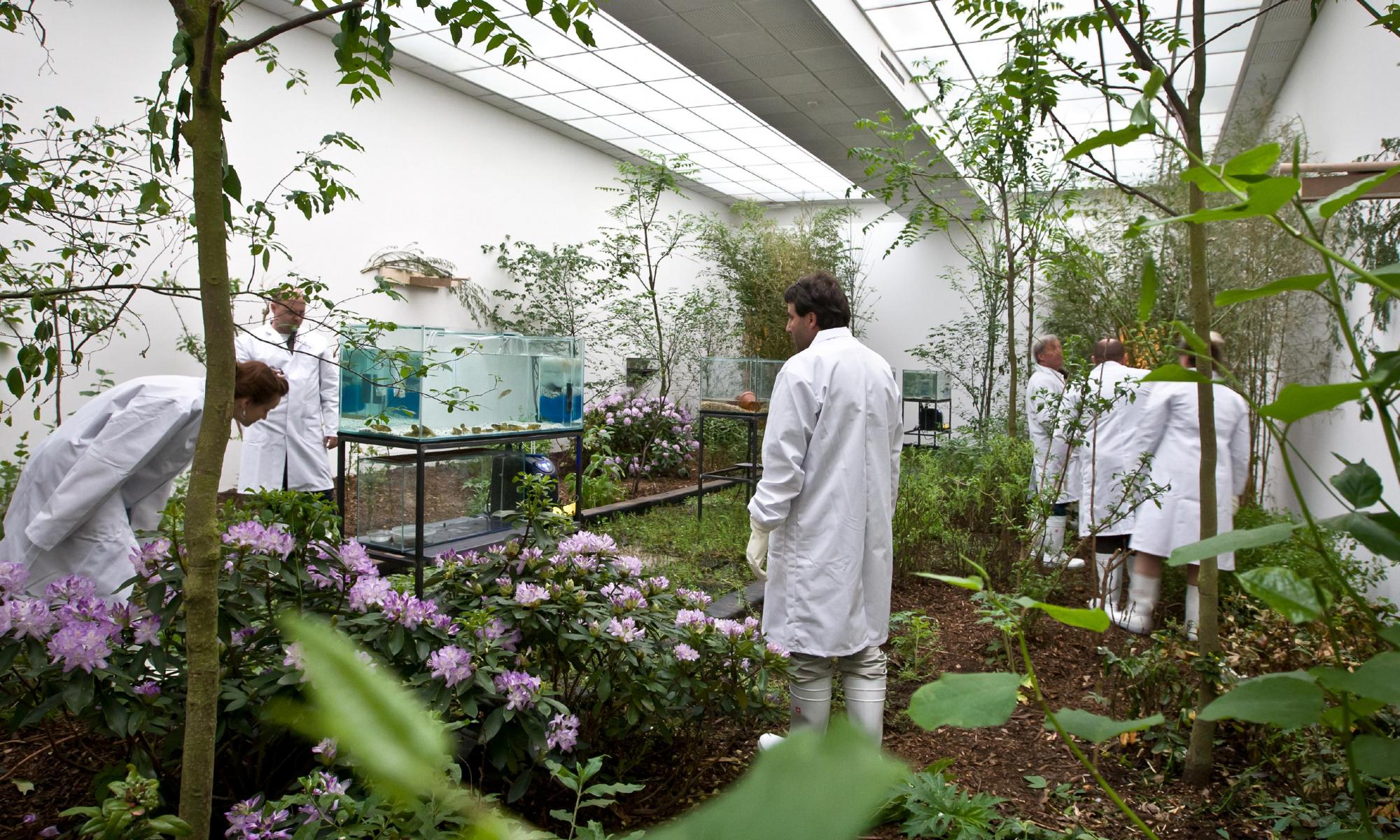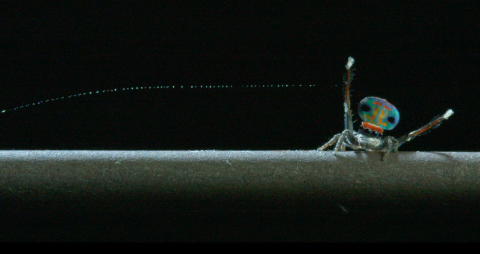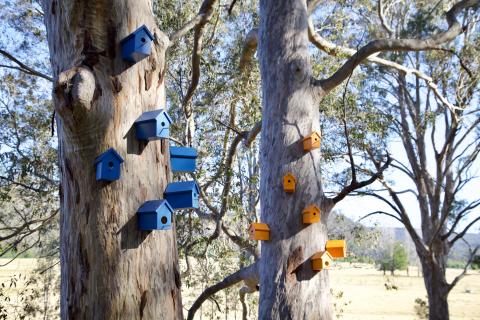A Natural Contract: The Plant Plague
A plague is an outbreak of metastasising bio-matter. The plague, with its voracious and uncontainable properties, creates social disorder and terror, moral fear and corruption. It also allows for small acts of heroism or, better still, rare tales of survival. Although most associations of the plague connect with medical issues affecting humans, there is also a swathe of non-human plagues. I mean the plagues of the vegetal world: its choking vines, its curse of weeds across paddocks, its uncanny survival instincts, the silent malevolence of its carnivorous sarracenias and Venus flytraps. A plague of plants is a plague of weeds: they kill crops, they buckle concrete, they choke trees and they pierce plumbing pipes. They threaten humans with devastation of the civilised world—and then there is the more sinister threat of plants taking over the human body. I myself had a strange bioexperience more than a year ago. It involved an odd green excrescence on my right-hand pinkie. But more on that later.




